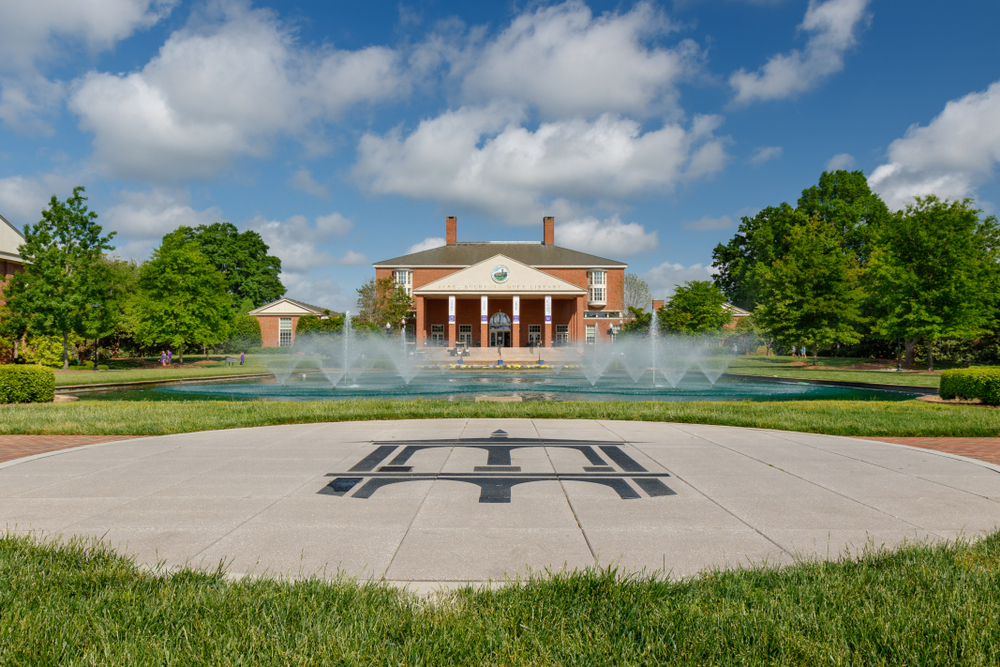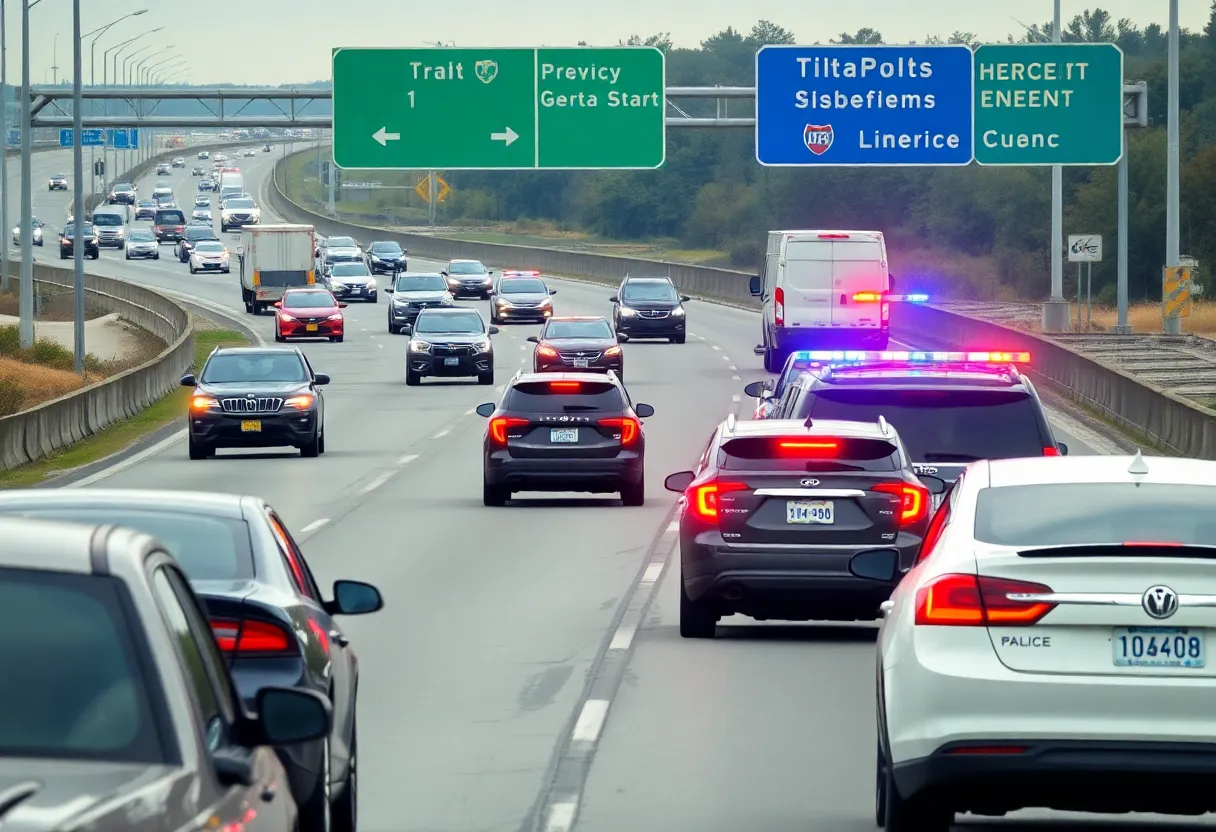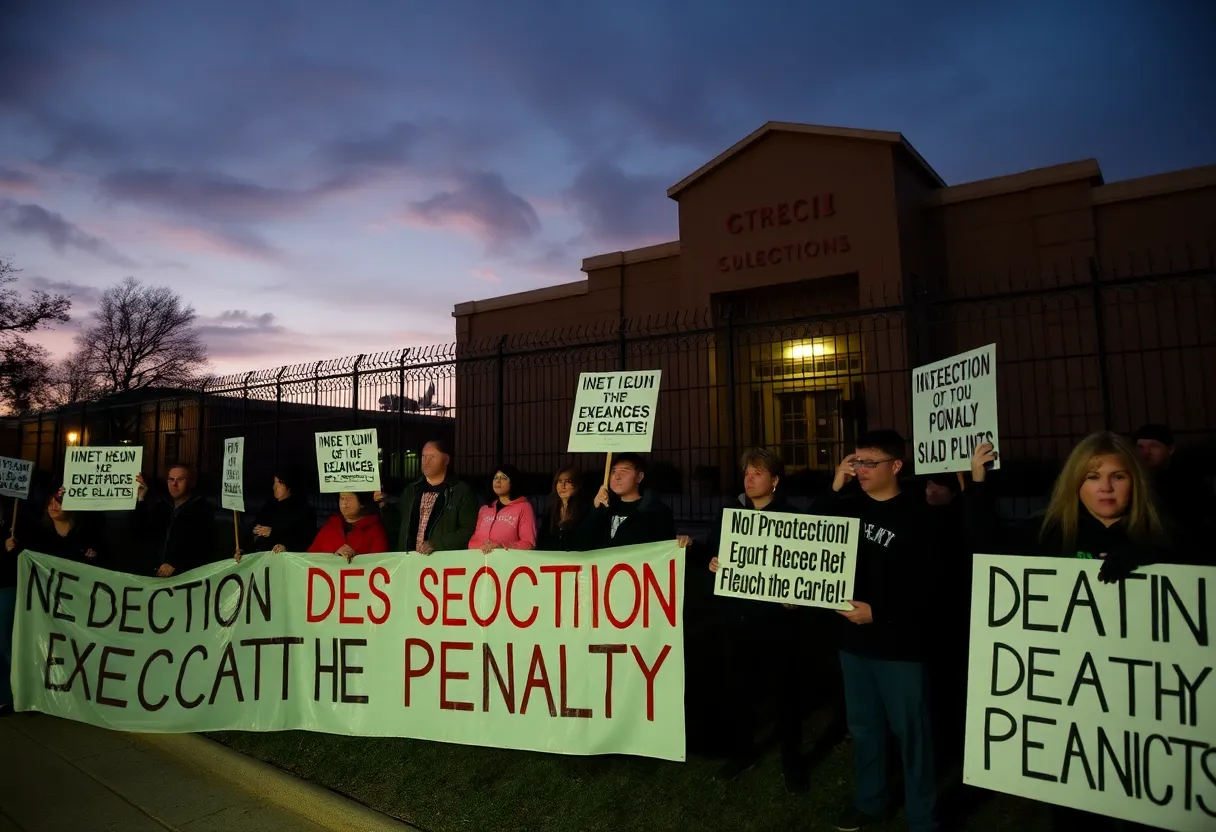Greenville Study on Gentrification
In a recent article discussing the migration of conservatives from blue states to the traditionally red state of South Carolina, Greenville, a city in the midst of transformation, has been highlighted. The New York Times referenced a study conducted by Furman University’s Shi Institute for Sustainable Communities, shedding light on the demographic changes in the city over the past few decades.
Population Shifts
The study, spearheaded by Ken Kolb, chair and professor of sociology at Furman University, revealed a significant trend in Greenville’s population dynamics. Since 1990, the city has experienced a 22 percent decline in its Black population, while the total population has simultaneously grown by approximately 21 percent. These statistics underscore a larger trend of demographic shifts occurring in cities across the United States.
Gentrification Impact
As Greenville undergoes rapid development and urban revitalization efforts, the implications of gentrification on historically marginalized communities have become increasingly apparent. The displacement of Black residents in particular raises concerns about equitable access to housing, resources, and opportunities in the city.
Community Reflection
The findings of the study prompt a reflection on the broader socio-economic landscape of Greenville. As the city continues to evolve and attract new residents, it is essential to consider how these changes are impacting long-standing members of the community. Ensuring that policies and initiatives prioritize inclusivity and address the needs of all residents is crucial for sustainable growth and development.
Future Research
Moving forward, further research and analysis will be essential to deepen our understanding of the complex interplay between gentrification, demographics, and urban development in Greenville. By continuing to study these trends, stakeholders can work towards creating a more equitable and inclusive city for all who call it home.







